Pictured: The world’s biggest castle, which is twice the size of Buckingham Palace, took 132 years to build and contains 30 MILLION bricks
Welcome to the world's largest castle – so big it's almost a kingdom.
Poland's Malbork Castle, a Gothic colossus spread over 52 hectares (2.27 million square feet) on the east bank of the Nogat River in Malbork, about 40 kilometers south of the coast.
The breathtaking medieval leviathan – a UNESCO World Heritage Site – It took 132 years to build, contains 30 million bricks and is approximately double the size of Buckingham Palace and four times larger than Windsor Castle.
There are three fortified castles within two rings of defensive walls; several hundred houses; granaries and a labyrinth of moats, stairs, turrets, towers and halls. Enough for a life full of fairytale adventures.
Britannica explains that the foundation stones of Malbork Castle were laid in 1274 by knights of the Teutonic Order – an important religious movement in Eastern Europe during the late Middle Ages – who secured the land from Prussian warriors.
See the largest castle in the world: the Polish Malbork Castle. This Gothic colossus is spread over 52 hectares (2.27 million square feet)
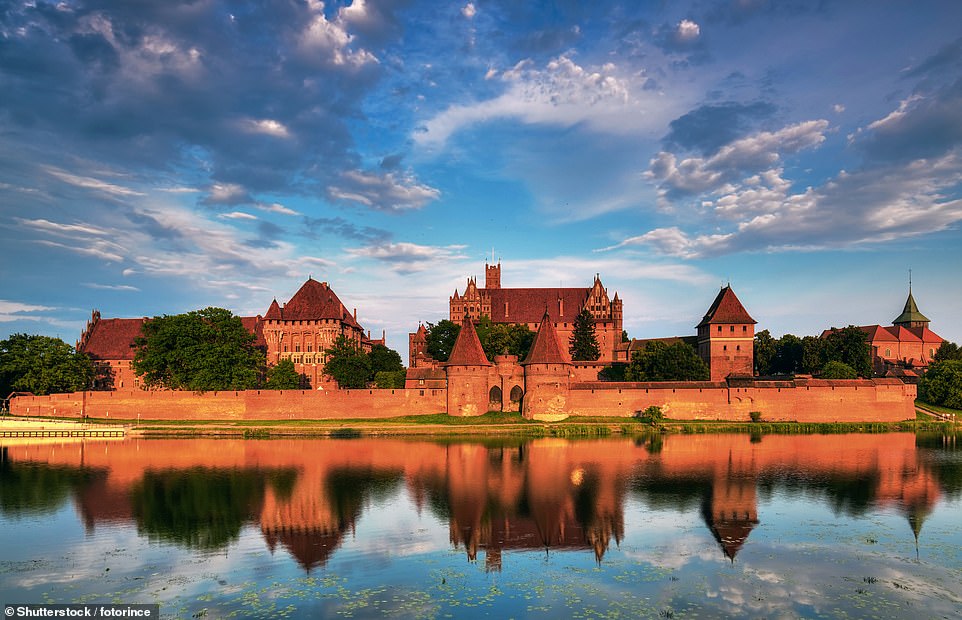
Malbork Castle is located on the east bank of the Nogat River in Malbork, about 40 kilometers south of the coast
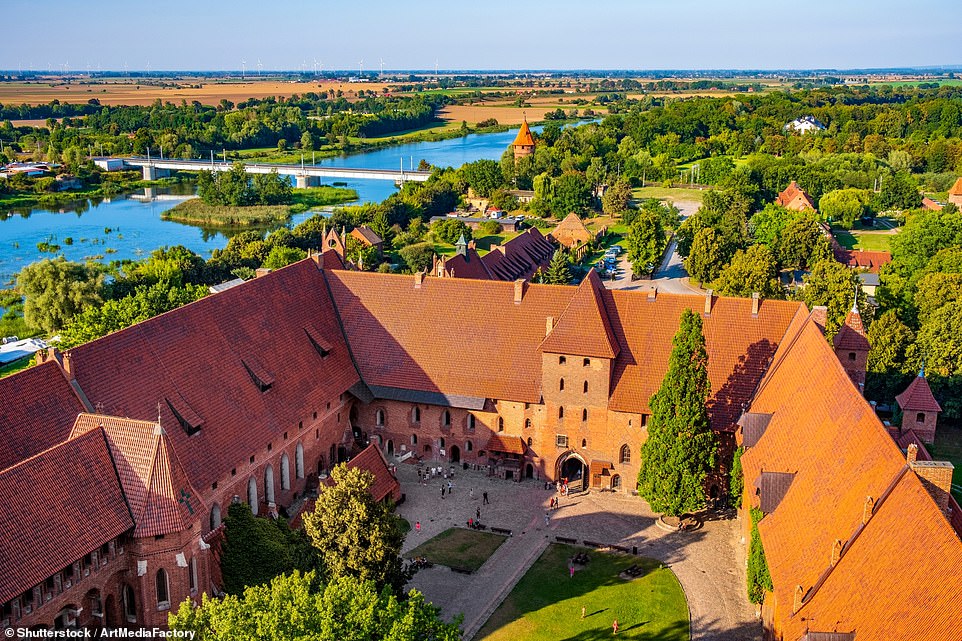
The breathtaking medieval leviathan took 132 years to build, contains 30 million bricks and is approximately double the size of Buckingham Palace and four times larger than Windsor Castle
Malbork Castle was built in phases and was the headquarters of the Teutonic Order for about 150 years, according to the online encyclopedia.
At its peak, the fortress could store enough food for 400 people for two years and was home to 3,000 knights and laymen who had “easy access and control over trading ships arriving from the Baltic Sea,” as highlighted by History hit.
The first of the three castles to be built was High Castle, described by Lonely planet as 'the formidable central bastion begun around 1276'.
Over the next few decades, the site “expanded significantly,” with the addition of Middle Castle, which was built to the side, and Lower Castle, which was built further away, the travel publication explains.
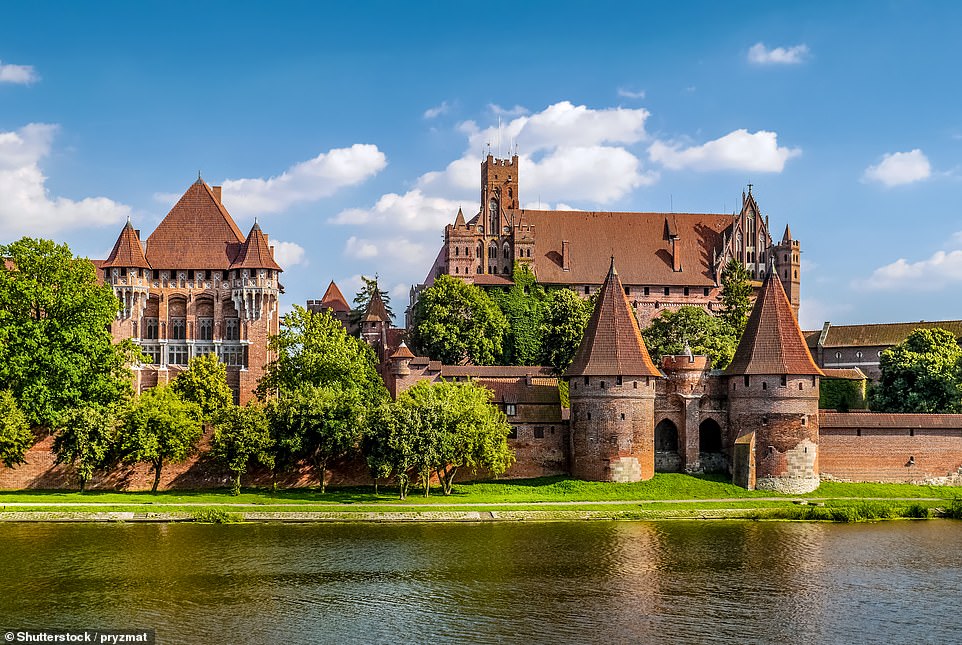
There are three fortified castles within two rings of defensive walls; several hundred houses; granaries and a labyrinth of moats, stairs, turrets, towers and halls. Enough for a life full of fairytale adventures
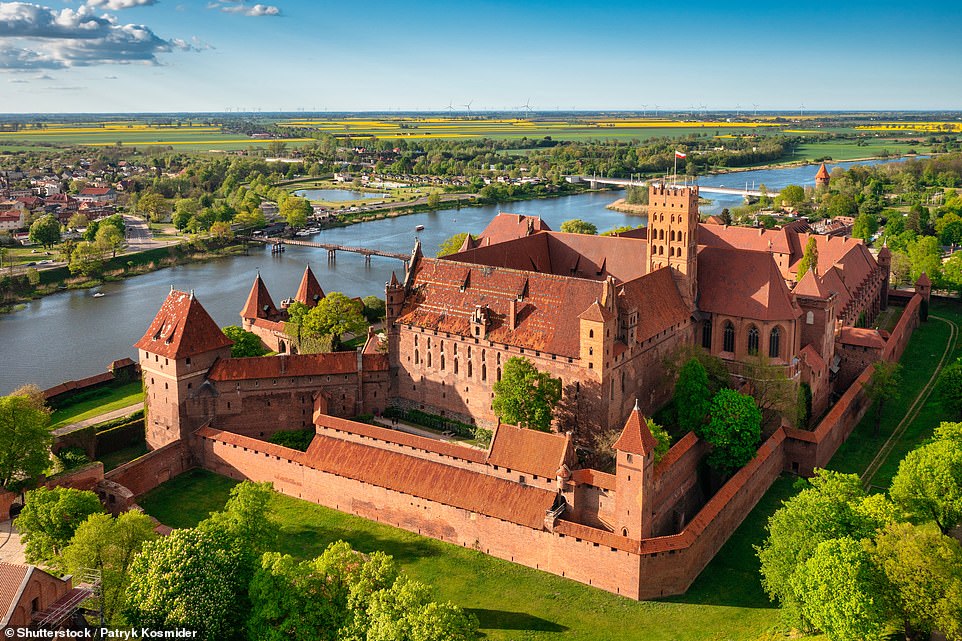
Britannica explains that the first stones of Malbork Castle were laid in 1274 by knights of the Teutonic Order
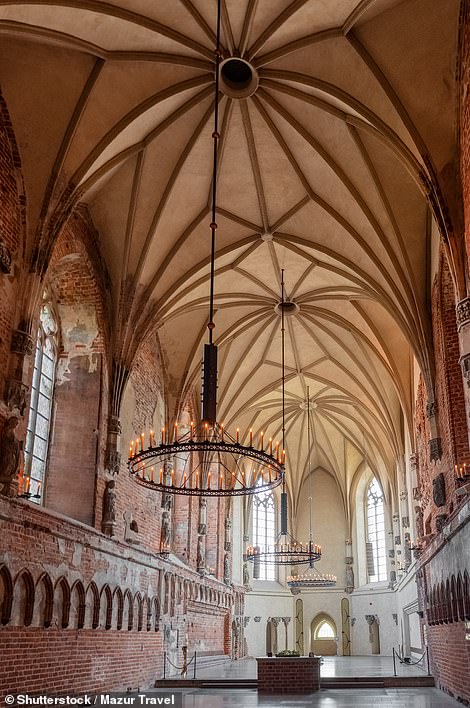
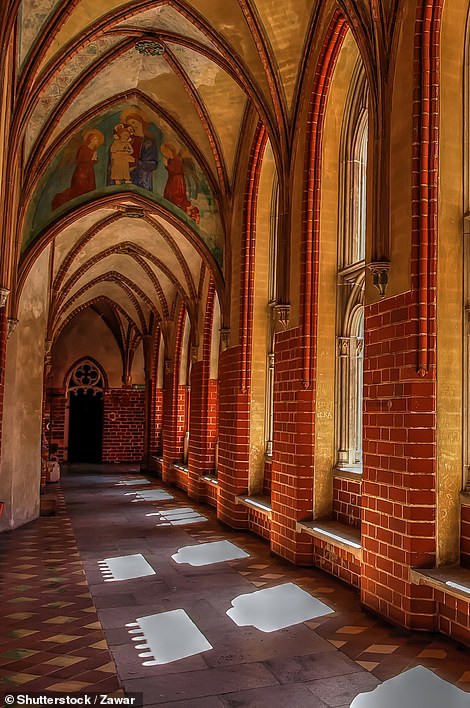
Visitors can tour parts of all three castle buildings, including St. Mary's Church (left) and the Gothic corridors (right)
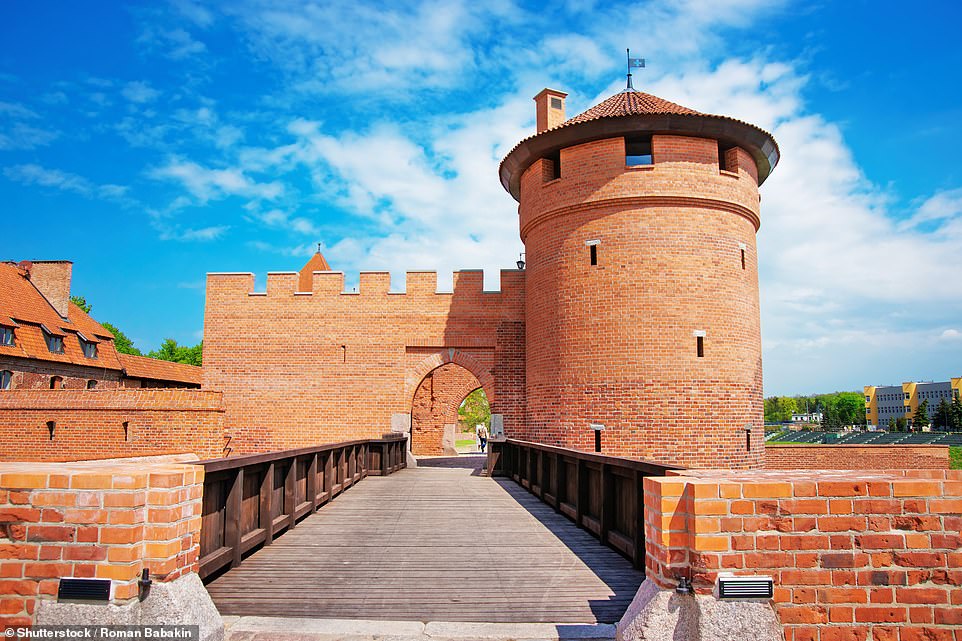
Every year, more than 300,000 tourists from 84 countries wander through the site's treasures
In 1457 it was captured by the Polish army during the Thirteen Years' War, when the military power of the knights began to crumble.
The castle subsequently became home to Polish kings, but subsequent invasions caused it to fall into disrepair and eventually come under government protection in the 19th century, Lonely Planet adds.
Today the castle is a museum and Britannica describes it as 'beautifully restored'.
Every year, more than 300,000 tourists from 84 countries wander through the site's treasures, including the Summer Refectory, once a dining room where 'important ceremonies and gatherings' took place in the Middle Ages, according to the castle website.
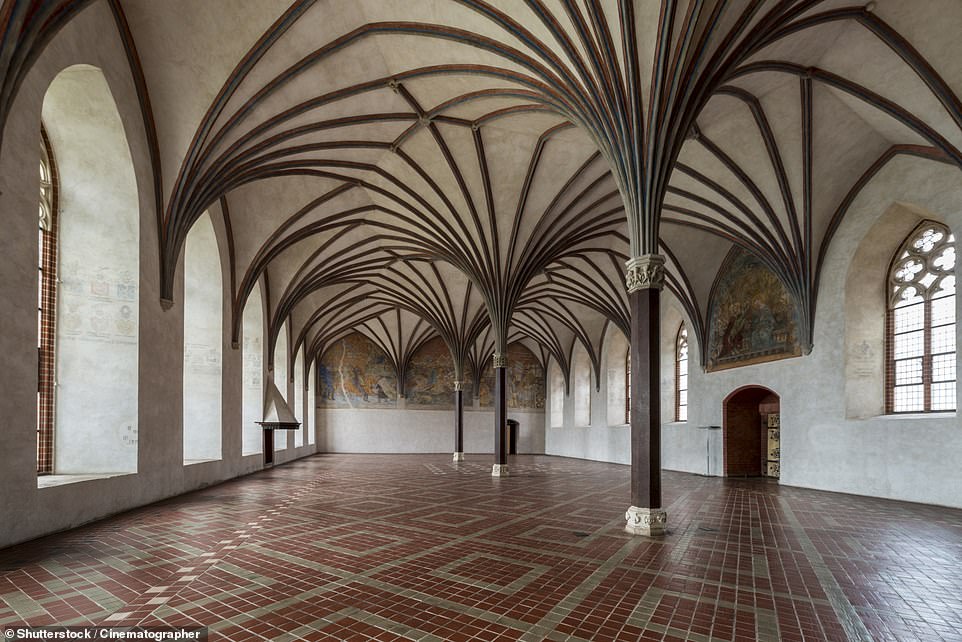
Visitors can explore the summer refectory, above, once a dining room where “important ceremonies and gatherings” took place in the Middle Ages, according to the castle's website
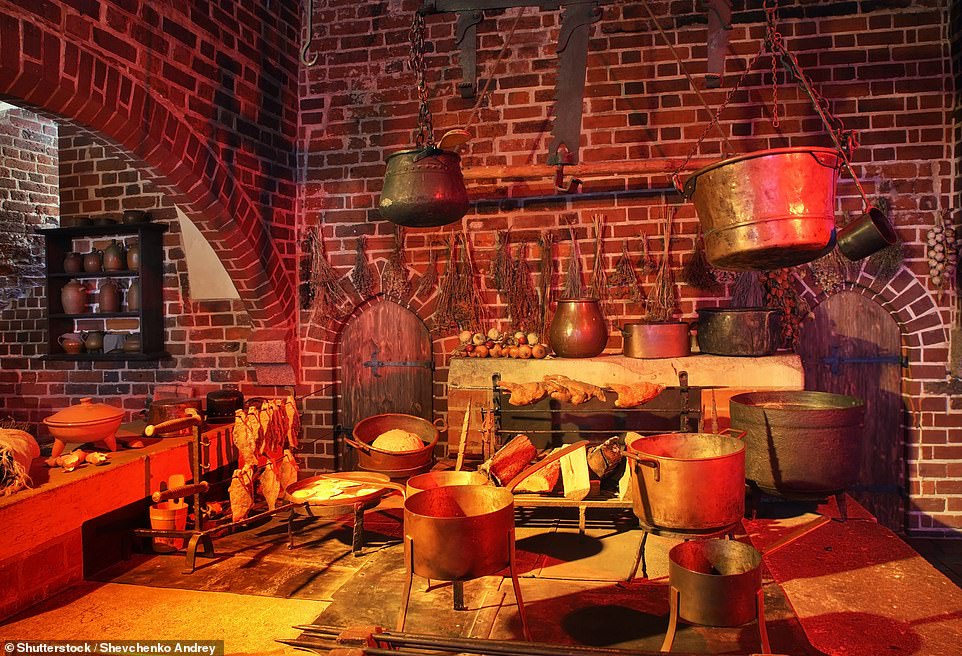
At its peak, the fortress could store enough food for 400 people for two years and was home to 3,000 knights and laymen
“It served as an audience hall, where the Grand Master received foreign messages and distinguished guests,” it adds.
'Today we know that the walls of the hall were painted red at the time and that the vault was covered with lush plant vines, painted red and green.'
The site also has several exhibitions with around 2,000 objects, including amber, weapons and Neolithic and contemporary art.
And the views? “The best views are from the other side of the river – you can get there via the footbridge – especially in the late afternoon, when the brick turns an intense reddish brown in the setting sun,” Lonely Planet adds.
For more information visit zamek.malbork.pl/en/home.
